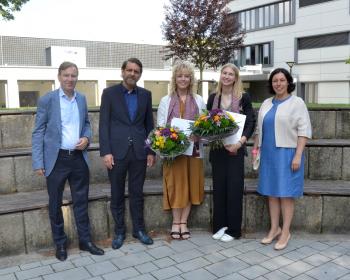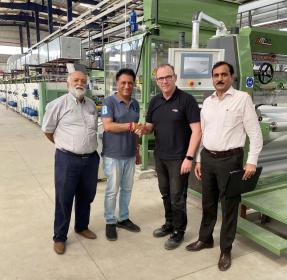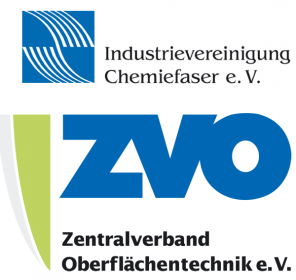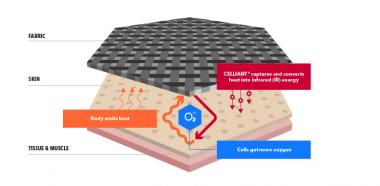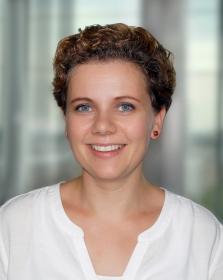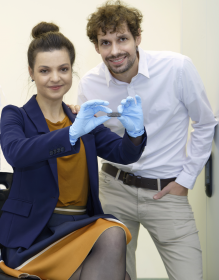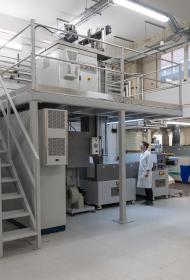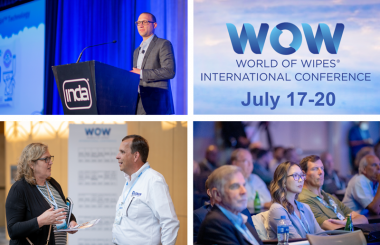Hochschule Niederrhein: Preisgeld für Textil-Absolventinnen
Für zwei Absolventinnen des Master-Studiengangs Textile Produkte der Hochschule Niederrhein gab es gleich doppelten Grund zur Freude: Sie feierten zusammen mit ihren ehemaligen Kommiliton:innen des Fachbereichs Textil- und Bekleidungstechnik nicht nur ihren Abschluss, sondern erhielten auch eine ganz besondere Auszeichnung: Sie nahmen je 1500 Euro Preisgeld für ihre herausragenden Abschlussarbeiten entgegen.
Das Textile and Fashion Network (TFN, der Förderverein des Fachbereichs) unterstützt Franziska Guth, die anderen 1500 Euro stiftet der Verband der Rheinischen Textil- und Bekleidungsindustrie e.V. an Tabea Hofemeister.
Preisträgerin Franziska Guth hat ihre Arbeit zusammen mit der KARL MAYER GROUP erstellt. Darin befasste sie sich mit den strategischen Herausforderungen von Smarten Textilien. Franziska Guth hat einen kettengewirkten (Maschenware bestehend aus mehreren senkrecht laufenden Fäden) Smart Textile Demonstrator entwickelt. Konkret geht es um einen berührungslosen Bewegungssensor zur Gestenerkennung aus einem Abstandsgewirke mit leitfähigem Garn, der als Steuerungstool für unterschiedliche Anwendungen wie im Automobil-Interieur verwendet werden kann. Er wurde schon 2022 auf der Techtextil in Frankfurt präsentiert. Mit ihrem innovativen Ansatz und ihrem eigens konzipierten Sensor leistete sie einen wichtigen Beitrag zur Entwicklung von Smart Textiles auf Wirkmaschinen.
Guth arbeitet mittlerweile bei der KARL MAYER GROUP als textile Produktentwicklerin und feilt dort weiter an innovativen textilen Strukturen, die sich auf Wirkmaschinen herstellen lassen.
Das Ziel der Masterarbeit von Tabea Hofemeister war es, Methoden einzuführen, mit denen sich die Chemikaliendichtigkeit persönlicher Schutzausrüstung prüfen lässt. Diese fehlten bislang im Bestand der Öffentlichen Prüfstelle für das Textilwesen der Hochschule Niederrhein. Mithilfe des Abrinntests überprüfte sie, ob Flüssigkeit in das Material gelangt oder daran gehindert wird. Zum anderen untersuchte sie, wie beständig die Schutzkleidung gegen das Durchdringen von Chemikalien im Spraytest ist. Auf Basis technischer Anforderungen ermittelte sie verschiedene Optionen für eine Konstruktion der Prüfeinrichtungen und führte sie in das bestehende Qualitätsmanagementsystem ein.
Hofemeister ist derzeit Doktorandin in der Fahrzeugsicherheit bei Volkswagen in Wolfsburg.
Hochschule Niederrhein Hochschule Niederrhein, Textilien, Studenten Fachbereich Textil- und Bekleidungstechnik
Hochschule Niederrhein


